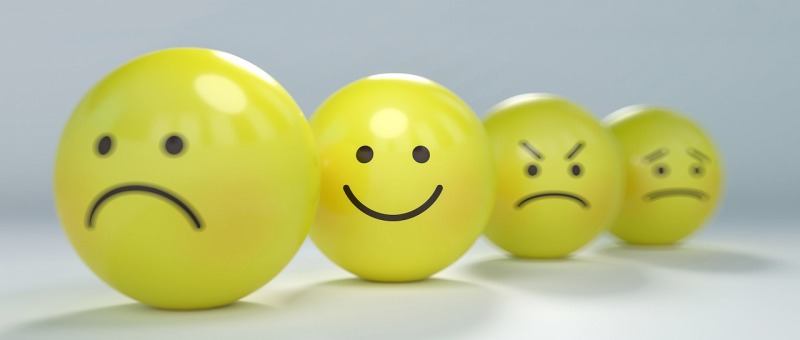When you’re excited, how do you express it?
Do you squeal aloud with glee? Do your eyebrows reach your hairline?
Or do you suppress your zeal, maintaining a cool exterior?
Last week, we talked about societal emotional environments.
This is the “emotional climate of a society” or the degree to which positive and negative emotions are expressed.
Today, we’ll look at an academic paper discussing the emotional arousal level of different cultures – specifically, Western or individualist culture versus Eastern or collectivist culture.
The paper looks at actual and ideal emotions in a society – ideal being which emotions are most valued.
Are Emotions Biological?
Some researchers view emotion as universal and biologically based.
But culture certainly determines the degree to which one feels comfortable expressing emotion.
The study explains,
“Culture constrains how emotions are felt and expressed in a given cultural context. It shapes the ways people should feel in certain situations and the ways people should express their emotions.”
Valence and Arousal
Studies on this topic often define emotional expression in two dimensions: valence and arousal.
These bipolar dimensions – pleasure-displeasure (valence) and activation-deactivation (degree of arousal) – make up the affective state.
Both of these dimensions affect brain activity and cognitive behaviors.
High Arousal and Low Arousal
There are high and low arousal emotions.
High arousal emotions induce action, energy, and mobilization.
Here are some examples of high arousal emotions:
- Anger
- Fear
- Excitement
- Happiness
- Hostility
- Irritation
- Alarm
Low arousal emotions induce rest and inaction.
Here are some examples of low arousal emotions:
- Boredom
- Calm/Serenity
- Sadness
- Tiredness
- Depression
- Relaxation
- Helplessness
- Peacefulness
As you can see, the difference in the intensity of feeling of each of these categories is vast.
Cultural Differences Determine Outcome
As we talked a little about last week, Eastern or collectivist cultures value low arousal emotions, while Western or individualist cultures value high arousal emotions.
This relates to cultural values.
In an individualist culture, a desire to influence others is a part of the social fabric.
High arousal emotions – which prompt action – are more effective in achieving influence.
In a collectivist culture, conforming to the group is ideal.
You can see why low arousal emotions would be preferred in this case.
Defining Emotion
The definition of emotions also differs across cultures.
For instance, happiness in China would be reflected in reservation and solemnity, while in America it would be reflected in exuberance.
Thus, the arousal state of happiness is high in America and low in China.
These differences in valued emotions inspire preferred activities.
Because Westerners value high arousal emotions, they will participate in activities that elicit these emotions – like enthusiasm or excitement.
Think thrill-seeking activities, like mountain climbing or skydiving.
This goes to show that values and societal ideals drive everything from behavior to emotional expression even to our favorite hobbies.

